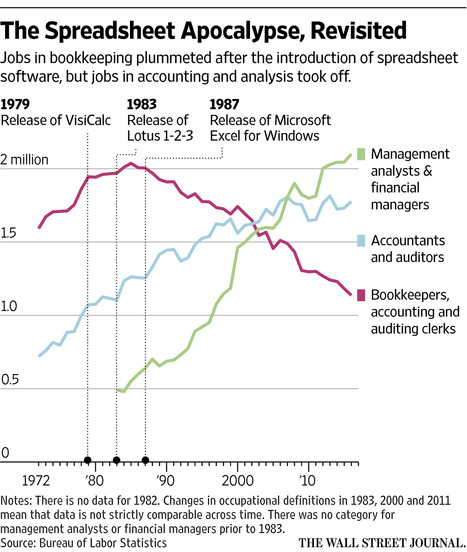(p. A13) Internet advertising started simply, but over time organically evolved a mess of middle players and congealed into a surveillance economy. Today, between end users, publishers and advertisers stand a throng of agencies, trading desks, demand side platforms, network exchanges and yield optimizers. Intermediaries track users in an attempt to improve revenue.
It’s an inevitable consequence of such a system that users end up treated as a resource to be exploited. When you visit the celebrity website TMZ, for instance, you face as many as 124 trackers, according to a Crownpeak test. Your data is stored and profiled to retarget promotions that shadow you around the Internet. You become the product. Some claim your data is not “sold,” but access is certainly rented out.
. . .
For a solution, look to blockchain technology. More than a word peppering earnings calls, it can deliver the change brands, publishers and users need. Put simply, it’s an immutable database that records transactions and produces trustworthy data.
In advertising, blockchain’s reliable data can radically shrink the ad-tech blob and provide the foundation for consent-based ad models. Improved blockchain reporting and transparency would obviate much of the need for companies focused on measurement, verification and even some data suppliers. Companies like Brave are using blockchain to build software that allows for more-direct relationships between advertisers and publishers, as it was before the blob. (Earlier this month Brave announced a partnership with Dow Jones Media Group, a division of this newspaper’s parent company.) Anonymous data on the blockchain or on a device can even replace the need for the mining of individual user data. Users should be compensated for their attention and seen as customers again.
The internet need not be characterized by predation and parasitism. It can once again be a place of infinite possibility. Innovation got us into this situation; it can get us out.
For the full commentary, see:
Brendan Eichand and Brian Brown. “The Internet’s ‘Original Sin’ Endangers More Than Privacy.” The Wall Street Journal (Saturday, April 28, 2018): A13.
(Note: ellipsis added.)
(Note: the online version of the commentary has the date April 27, 2018.)


